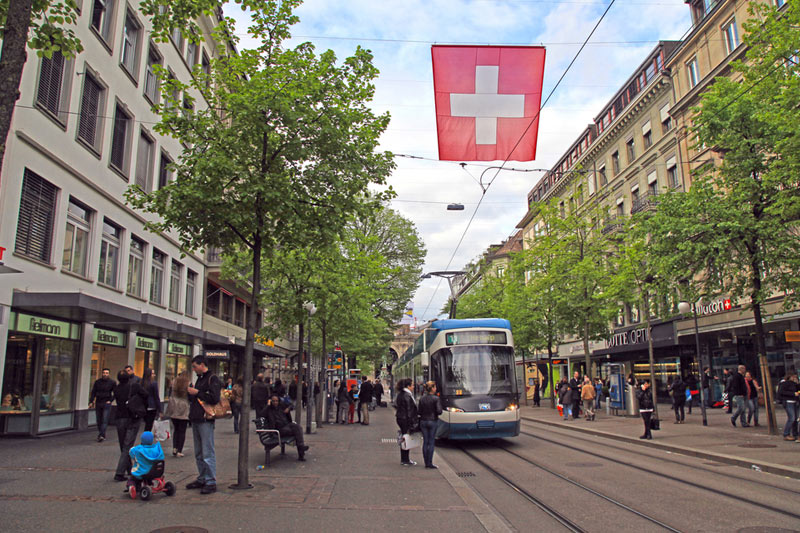ZURICH (Reuters) - Swiss consumer prices posted their biggest fall in 56 years in August, the strongest indication yet of the downward pressure on prices from Switzerland's strong currency and low oil prices.
Consumer prices fell 1.4 percent from a year ago, the Federal Statistics Office (FSO) said on Friday, equaling the steepest year-on-year drop since 1959. Prices were 0.2 percent lower compared with the previous month.
The Swiss National Bank's governing board next meets on Sept. 17 to discuss its monetary stance but the latest data are unlikely to affect policy, economists said.
SNB Chairman Thomas Jordan recently reaffirming the central bank's commitment to lowering the Swiss franc.
"For the upcoming quarterly assessment, we think the SNB will keep current interest rates at -0.75 percent and will continue to intervene in the foreign exchange market, if necessary, as they have indicated for some time now," Credit Suisse (SIX:CSGN) economist Maxime Botteron said.
August marked the tenth straight month prices have fallen year on year, a trend which started in late 2014 but was exacerbated from January when the SNB abruptly removed its cap on the franc, set at 1.20 per euro.
The franc's subsequent surge has lowered the price of imports from the euro zone. In August the cost of overall imports fell by 5.5 percent year on year, the FSO said.
Cheaper oil has also kept a lid on prices, leading to lower input and supply costs on heating oil, petrol and diesel.
Overall consumer prices were at their lowest point since September 2007.
Prices for domestic goods remained unchanged from the previous month and from the previous year, highlighting that the overall decline resulted from falling supply costs rather than a drop in demand.
"We don't think Switzerland is in a deflationary spiral," Botteron said. "If we look at domestic prices, they are moderately increasing. For example, housing rent was up in August."
Economists have cited Swiss consumption in the face of challenging circumstances as Switzerland evaded an anticipated recession in the second quarter partly through a rise in consumer spending.
